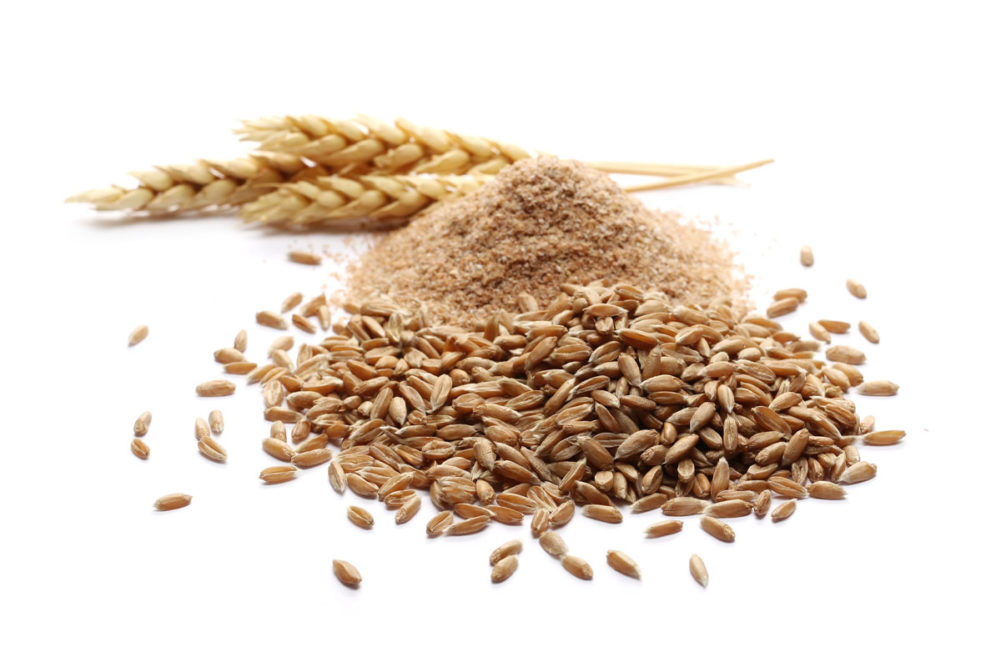 Josh Sosland, editor of Milling and Baking News.
Josh Sosland, editor of Milling and Baking News.KANSAS CITY — Ahead of deliberations about the 2025-2030 Dietary Guidelines for Americans (DGA), the US Department of Agriculture has published a study summarizing the public’s eating habits. The 125-page report catalogs the share of the American diet accounted for by major food categories, where food is consumed and how the figures have changed since 1977. Judging by the findings, the DGA Scientific Advisory Committee is likely to advocate for several food categories more vigorously than for grains.
“Dietary Quality by Food Source and Demographics in the United States, 1977-2018,” offers baseline data for the DGA Scientific Advisory Committee as committee members examine how the dietary habits of Americans have changed during the last 40 years. In addition to tracking intake of various food types and nutrients, the report breaks the categories down between food at home, food away from home (with a fast-food sub-category) and schools. The data-rich report offers myriad insights of interest to executives at grain-based and all food and beverage companies.
To make figures on different food categories more comparable and applicable across different demographic groups, the historical data are provided in amounts consumed per 1,000 calories of food intake. The statistics suggest Americans consume too little of numerous food categories, not just fruits and vegetables. For instance, density of dairy, meat and seafood intake in 2017-18 all fell shy of levels recommended in the 2020-2025 Dietary Guidelines. In the case of dairy, consumption in 2017-18 was 0.75 cups compared with the Guidelines’ recommendation of 1.5 cups. Meat, poultry and egg intake of 1.72 oz per 1,000 calories was 7.5% below the recommended 1.86 oz.
The same is not true for grain-based foods. The USDA data show US consumers in 2017-18 took in 7% more grains than recommended. Refined grains intake was 85% higher than recommended while whole grains were 71% lower than recommended. Whole grain intake in schools rose sharply in the 2010s, peaking at 1.15 ozs per 1,000 calories, a dramatic increase from 0.04 ozs in 1977-78 and 0.08 as recently as 2007-08.
Additional findings across different food categories in the report are illuminative:
- Intake density of added sugar is higher than recommended, but not as much as in the past. Added sugar consumption was 7.9 teaspoons per 1,000 calories, versus the 5.95 teaspoons recommended. At 7.9 teaspoons, added sugar in 2017-18 equated to 12.6% of caloric intake, versus the 10% recommended in the Guidelines. In the late 1990s and early 2000s, added sugar intake was 9.45 teaspoons per day, or 60% more than recommended.
- Total fats intake in 2017-18 accounted for 32.3% of caloric intake, versus a recommended range of 20% to 35%. Saturated fat accounted for 11.8% of caloric intake, versus the 10% recommended. At 28.01 grams per 1,000 calories consumed, saturated fat intake was the highest since the 1980s.
- Not only is sodium intake higher than recommended, but at restaurants it has been rising. Restaurant food in 2017-18 contained 2,325 mg of sodium per 1,000 calories, up from a recent low of 2,116 in 2013-14 and compared to a recommendation of 1,150 mg. Sodium in school meals, by contrast, has fallen to 1,536 mg per 1,000 calories from a recent peak of 1,653 in 2011-12.
No single set of data will be dispositive for the DGA Scientific Advisory Committee, and the group will consider changes in consumption that have been chronicled since 2017-18. For example, consumption of meat has been on the rise the last five years. For the last several cycles, the grain-based foods industry has struggled to convince the US Departments of Agriculture and Health and Human Services to cast grains in the positive light these healthful foods deserve. The latest data suggest the task for 2025-2030 will be no easier.






